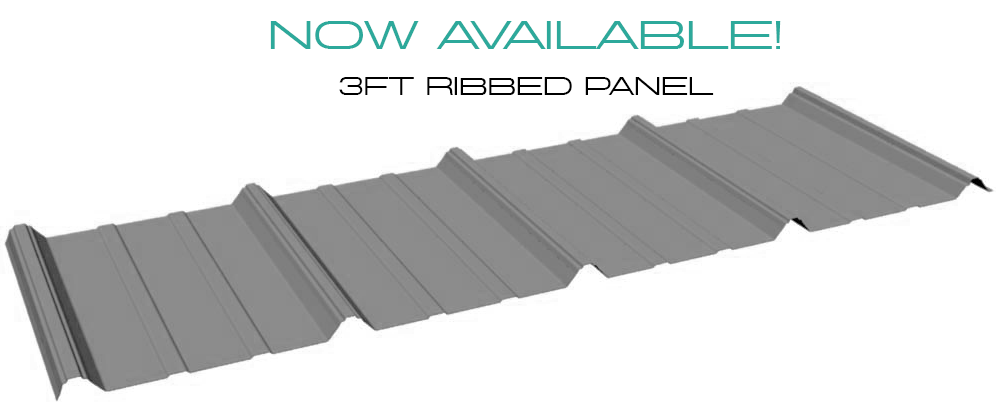WSRCA Technical Bulletin: New IBC Rules for Attic and Roof Ventilation

By Western States RCA (WSRCA).
A recent technical bulletin from WSRCA Steep Slope Committee highlights specific requirements for condensation control in new International Building Code.
The primary use of roofing systems is to keep water out of the interior space, however, the roof assembly must also prevent interior moisture laden air from condensing on cooler surfaces. Condensation occurs due to lack of venting and incomplete thermal and air barriers and, in some instances, missing or incomplete vapor retarders. The roof system structure is typically separated from the interior living space with an interstitial space, which is traditionally called an attic for steep slope roof assemblies and rafter space for low slope roof assemblies. In some steep slope assemblies when there is a cathedral ceiling, they also have a rafter space. For designers and contractors, attics and rafter spaces have been a challenging space to design around as the space must stay dry and be free of condensation potential while maintaining thermal and air barrier continuity. In many instances, depending on the climate zone or the use of the interior space, a vapor retarder also must be considered in the design.
Historically, the building code has required that attics and rafter spaces be ventilated with a minimum amount of air flow (i.e., ventilation area not less than 1/150 of the area be ventilated), either passively provided through outside air vents in the roof system or walls of the attic, or active ventilation with forced air supply and return ducts by utilizing the heating, ventilation, and air conditioning (HVAC) systems. This ventilation provision is primarily a function for condensation control within the attic and rafter spaces. However, changes to the 2015 International Building Code (IBC) and the 2016 California Building Code (CBC) provides specific requirements if a designer elects to eliminate attic and rafter space ventilation.
Continue reading the bulletin...
Learn more about WSRCA in their RoofersCoffeeShop® Directory or visit www.wsrca.com
Original article source: WSRCA
Recommended For You

METALCON is buzzing with excitement to announce NEW dynamic changes to create a more interactive event - The Total Experience!
Read More ...
Veto Pro Pac joins The Malco Group portfolio of leading HVACR brands
Read More ...
StealthBond® Expands Their System with New Metal Panel Offering
Read More ...


















Comments
Leave a Reply
Have an account? Login to leave a comment!
Sign In